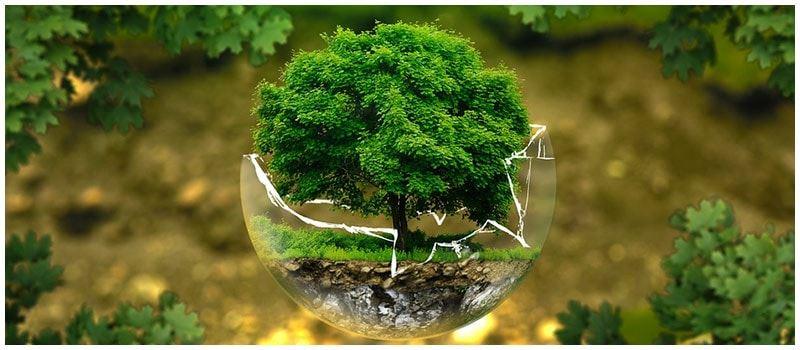Understanding the Environmental Impact of Visitor Activities in National Parks
As the warm rays of summer illuminate the breathtaking vistas of America’s national parks, millions are drawn to these natural sanctuaries, eager to experience their stunning beauty and rich biodiversity. However, this surge in visitors prompts critical discussions about the ecological consequences of human presence in these protected areas. The National Park Service (NPS) is actively engaged in addressing these challenges, working diligently to harmonize visitor enjoyment with the conservation of delicate ecosystems. This article explores “The Ecology of Visitation,” an extensive initiative by NPS aimed at assessing and reducing the effects of increased foot traffic on both wildlife and plant communities, ensuring that these cherished landscapes remain intact for future generations. By examining our interactions with nature, we reveal not only the obstacles encountered but also innovative strategies being employed to align conservation efforts with public enthusiasm for outdoor activities.
Impact of Visitors on Biodiversity within National Parks
National parks play a vital role as sanctuaries for a wide array of plant and animal species; however, they are increasingly challenged by rising visitor numbers. The repercussions from foot traffic can be significant—leading to soil compaction, loss of vegetation, and disturbances among wildlife populations. Often unknowingly, visitors create paths through sensitive regions that exacerbate erosion and harm habitats. The NPS has identified several key impacts resulting from this influx:
- Disruption to Habitats: Wildlife may change their natural behaviors or avoid areas heavily frequented by humans.
- Introduction of Invasive Species: Visitors can unintentionally bring non-native flora and fauna that threaten local ecosystems.
- Deterioration in Water Quality: Increased foot traffic near water bodies can lead to pollution issues and sediment buildup.
The NPS employs various strategies aimed at alleviating these impacts through initiatives such as visitor education programs, designated pathways for hiking, and ecological restoration efforts. By understanding how visitors interact with their surroundings and promoting sustainable practices, we can significantly contribute to preserving these essential ecosystems. Below is a table showcasing successful management techniques adopted across different national parks:
| National Park | Management Technique | Achievement |
|---|---|---|
| Yellowstone | Banned access on eroded trails | Saw vegetation recovery within two growing seasons |
| Yosemite | < td >Educational outreach initiatives
Approaches for Conserving Ecosystems While Facilitating Access
Navigating the intricate balance between allowing public access while conserving ecological integrity requires a comprehensive strategy. Effective measures include implementing zoning regulations that allocate specific areas for recreational use while protecting vulnerable habitats from degradation. Additionally,visitor quotas during peak times help manage crowd sizes effectively.
The establishment of educational programs designed to cultivate stewardship among park-goers enhances conservation efforts by encouraging respect towards nature’s delicate balance while adhering strictly to park guidelines.
Cultivating partnerships with local communities is equally crucial in reinforcing sustainability goals; involving residents in land-use decisions fosters tailored solutions aligned with community values regarding environmental preservation.
Moreover,< strong >investments into infrastructure improvements like eco-friendly pathways< / strong >and sustainable facilities enable increased accessibility without compromising environmental quality.
Ongoing monitoring alongside adaptive management practices ensures continuous evaluation regarding effectiveness so both conservation objectives alongside visitor satisfaction are achieved.
